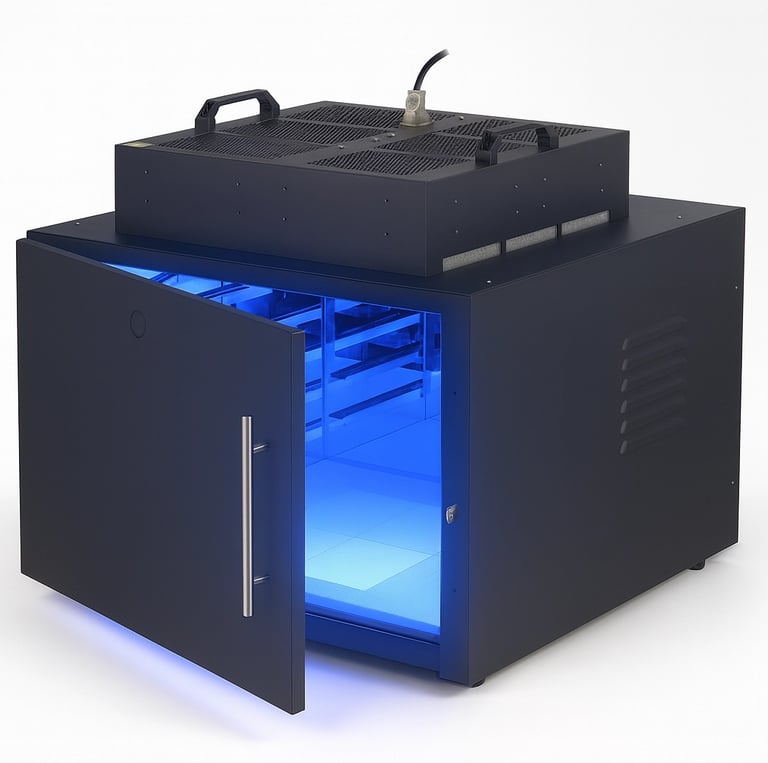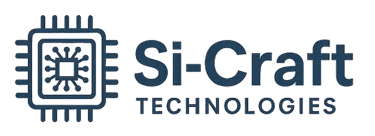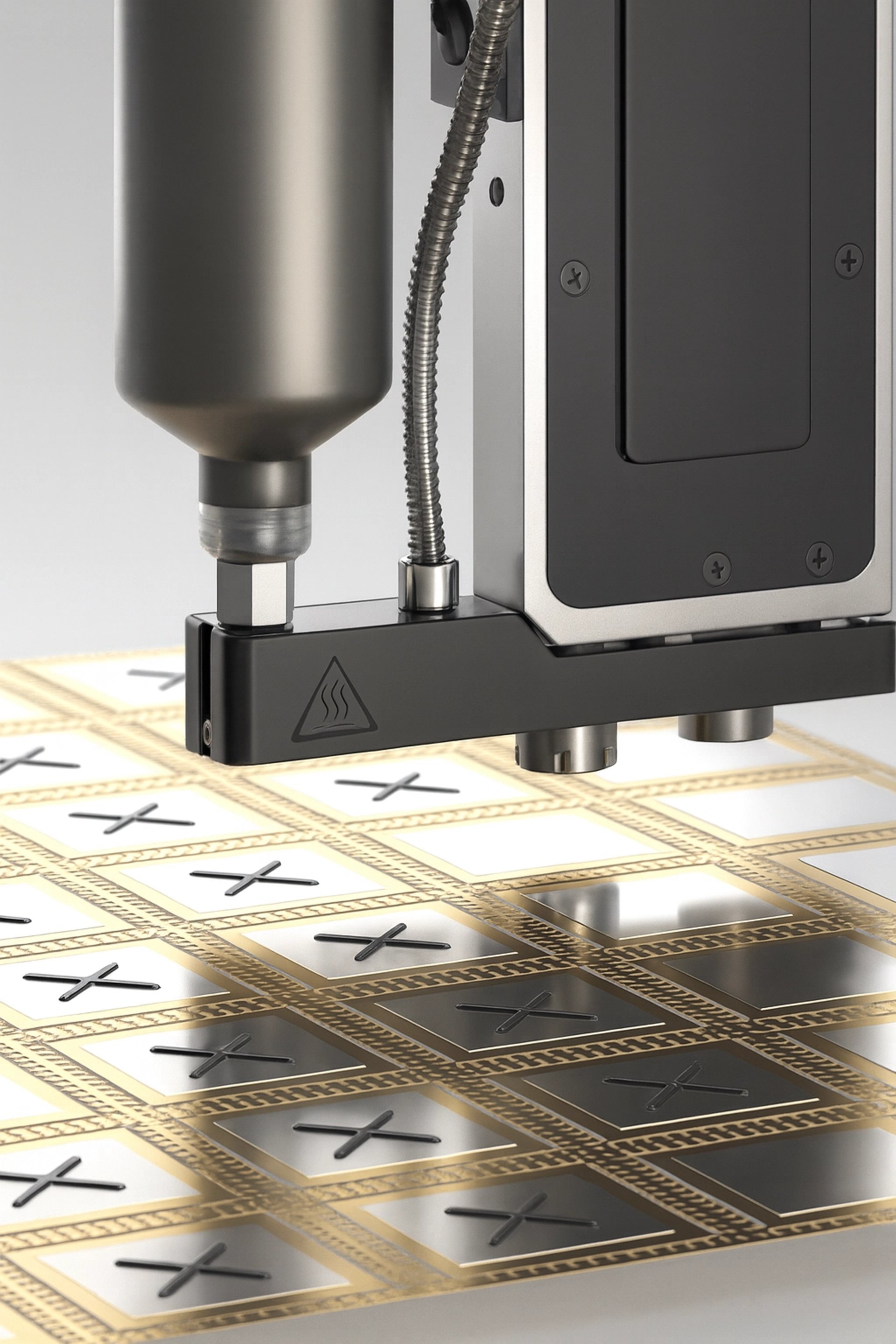
Die Attach
Si-Craft Technologies provides a range of die attach solutions designed to meet diverse package and device requirements. Our capabilities cover traditional epoxy-based die attach, eutectic bonding, and thermo-compression bonding processes. Using high-precision die bonders, we achieve accurate placement with ±3 µm alignment tolerance and consistent bond-line thickness control. Eutectic attach supports Au-Si, Au-Sn, and other alloy systems with precise temperature and force regulation to ensure strong, void-free joints. For thermo-compression bonding, temperature and pressure profiles are optimized to minimize stress and maintain planarity across the die surface. Process compatibility spans various substrate types including leadframes, ceramic, and laminate packages, supporting both bare and metallized die surfaces.
Epoxy Die Attach
Epoxy die attach is a versatile and widely adopted process at Si-Craft Technologies, providing reliable bonding for a wide range of semiconductor packages. Conductive epoxy formulations, typically silver-filled, enable excellent electrical and thermal conductivity for high-performance devices, while non-conductive types are used where electrical isolation is required. The process ensures uniform bond-line thickness, strong adhesion, and minimal void formation through precise dispensing or stencil printing. Controlled curing profiles maintain consistent mechanical integrity and stress distribution, preventing die warpage or delamination. Si-Craft’s process supports multiple substrate types, including leadframes, ceramics, and laminates, making it ideal for small to mid-volume production. By maintaining tight control over temperature, pressure, and placement accuracy, our epoxy die attach solutions deliver consistent quality and reliability. This approach is particularly suitable for analog, mixed-signal, MEMS, and optoelectronic applications where flexibility and robust mechanical performance are essential.
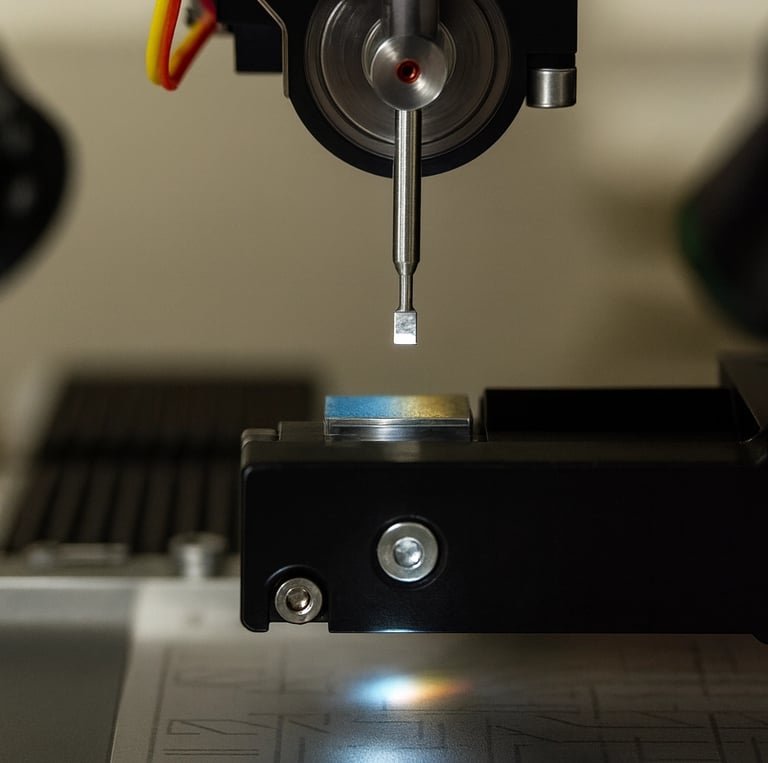

Eutectic Die Attach
Eutectic die attach at Si-Craft Technologies employs high-precision thermal and force control to create void-free, hermetic joints using alloy systems such as Au-Si, Au-Sn, and Pb-free alternatives. This method provides superior mechanical and thermal performance, making it ideal for high-power, high-frequency, and hermetically sealed packages. The process involves heating the substrate and die to the eutectic temperature, forming a metallurgical bond as the alloy melts and solidifies. Si-Craft utilizes advanced die bonders capable of ±3 µm placement accuracy and controlled ramp rates to prevent stress and thermal damage. The resulting bonds exhibit excellent thermal conductivity and resistance to fatigue and corrosion. Eutectic attach is compatible with Ni/Au, Pt/Au, or Pd/Au metallized surfaces, and is frequently used in RF, laser diode, and optical sensor applications. Our controlled atmosphere processing ensures oxidation-free bonding for maximum reliability under demanding operational conditions.
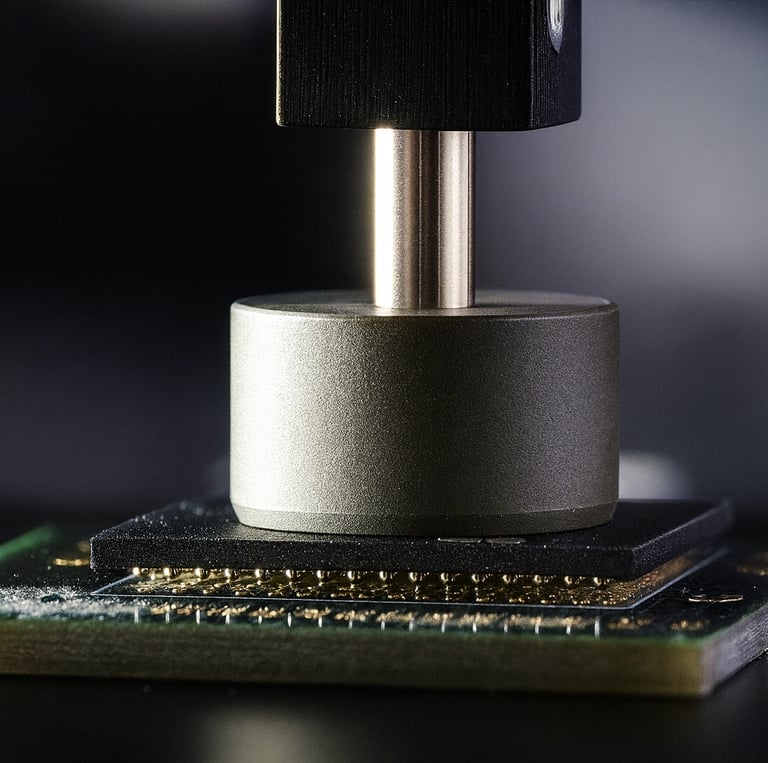

Sintered Silver Die Attach
Sintered silver die attach is a high-performance method favored for power and high-temperature semiconductor devices. Si-Craft Technologies utilizes pressure-assisted and pressure-less sintering processes with nano- and micro-silver pastes to achieve exceptional thermal conductivity exceeding 200 W/m·K. Unlike soldering, sintering forms a pure metallic bond at relatively low temperatures, resulting in joints that withstand operating temperatures above 250 °C without degradation. The process minimizes voids and enables excellent heat dissipation, making it ideal for GaN, SiC, and other wide-bandgap power devices. Si-Craft carefully controls parameters such as sintering pressure, time, and atmosphere to ensure consistent density and adhesion. This method supports both Ag and Ni/Ag metallizations and is suitable for leadframe and ceramic substrates. Sintered silver attach offers superior reliability under thermal cycling, reduced electromigration, and improved mechanical robustness, making it a preferred choice for automotive, RF, and high-power module applications demanding long-term durability.


Solder Die Attach (Pb-Free and Eutectic Alloys)
Solder die attach at Si-Craft Technologies employs both traditional eutectic and modern Pb-free solder alloys such as SnAg, SAC, and AuSn to create robust metallurgical bonds. The process provides excellent thermal and electrical conductivity for devices requiring strong mechanical and fatigue-resistant interconnects. Our precision reflow control ensures proper wetting and minimal void formation, optimizing reliability in power and RF components. Ni/Au, Ni/Ag, or Pd/Au metallized substrates are supported, allowing compatibility with diverse package types. Si-Craft’s die bonders achieve uniform solder thickness and accurate placement, ensuring low-stress interfaces. Pb-free solder options comply with RoHS environmental standards without compromising performance. Controlled reflow and temperature profiling are used to prevent oxidation, ensuring high-integrity joints. This method is particularly suited for hybrid ICs, LED modules, and high-power transistors, where thermal efficiency and strong intermetallic bonding are essential for long-term stability and performance in harsh conditions.
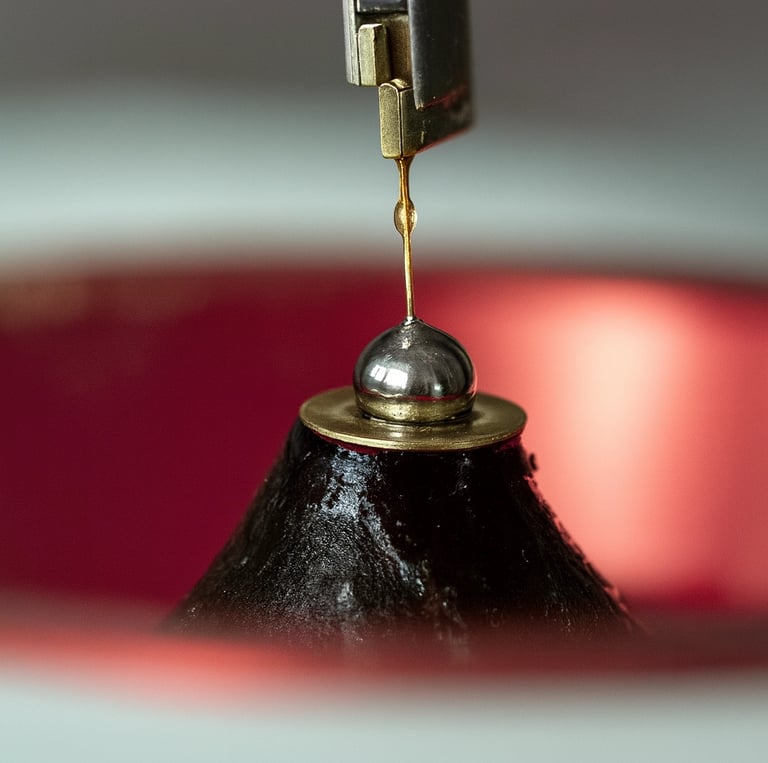

Adhesive Film (Preform / B-Stage Epoxy Attach)
Adhesive film die attach, using pre-cut epoxy films or B-stage materials, provides a clean, uniform, and efficient bonding solution. Si-Craft Technologies applies this method for assemblies requiring precise bond-line control and minimal contamination risk. The pre-applied adhesive eliminates the need for liquid dispensing, reducing voids and improving process consistency. B-stage epoxy films partially cured during lamination allow easy handling, alignment, and reflow activation under controlled pressure and temperature. This approach is ideal for fine-pitch assemblies and MEMS or sensor packaging, where cleanliness and planarity are critical. Si-Craft ensures consistent adhesion and reliable curing profiles for a wide range of substrate types including ceramic, metal, and laminate. The result is a strong, uniform bond with excellent dielectric performance and minimal bleed-out. Adhesive films also enhance production efficiency and repeatability, making them suitable for volume manufacturing and environmentally sensitive applications.
